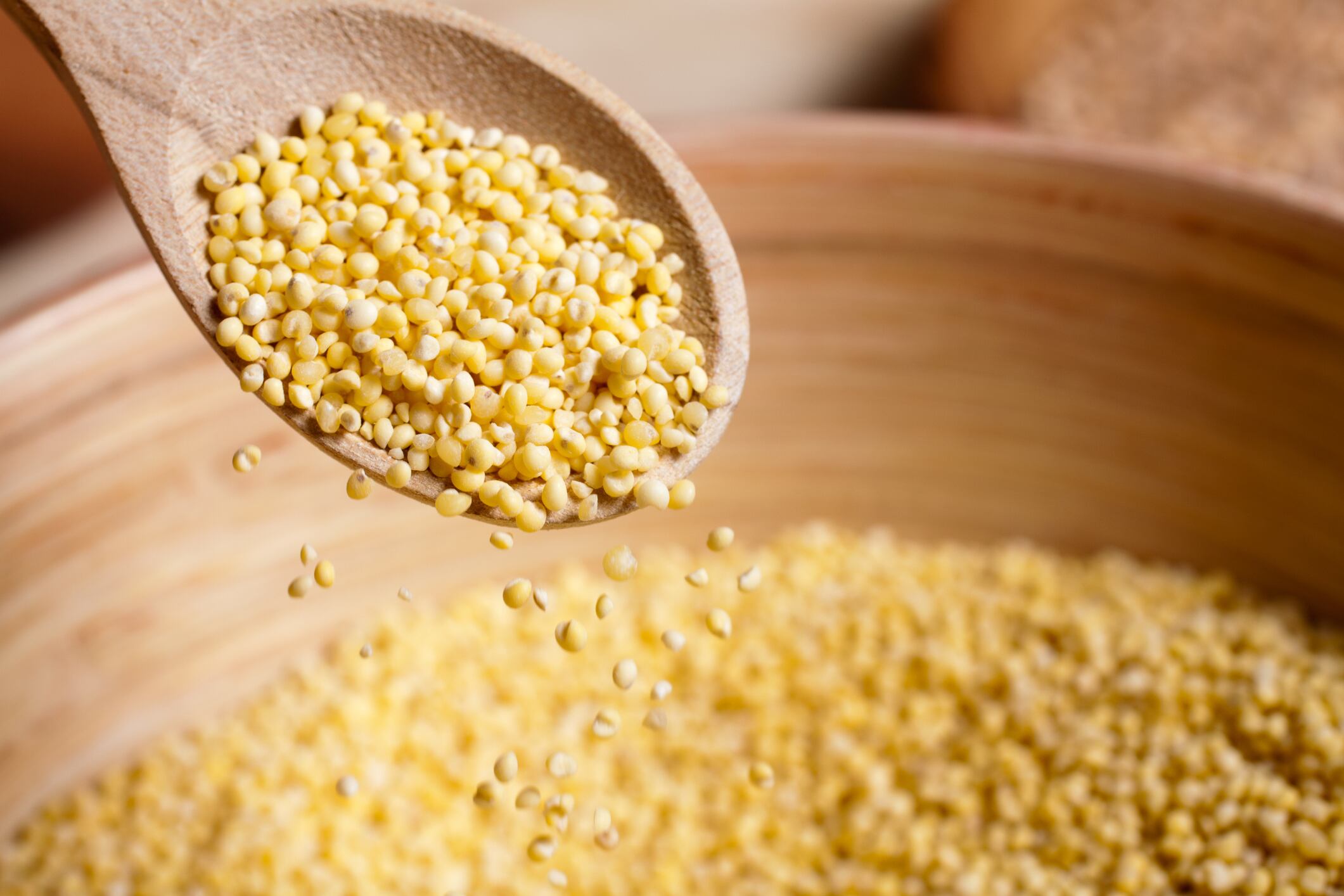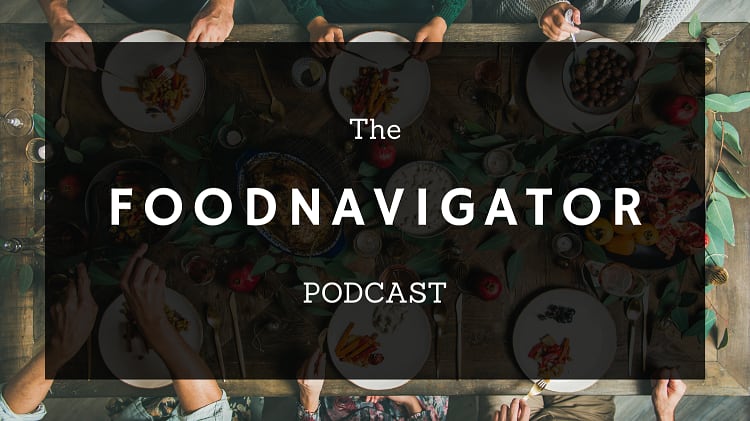The year 2023 is likely to be designated the International Year of Millet by the UN, a move already approved by the UN Food and Agriculture Organization.
The accolade -- expect the International Crops Research Institute of the Semi-Arid Tropics (ICRISAT) and the Indian Institute of Millets Research of the Indian Council of Agricultural Research (ICAR-IIMR) – will be the tipping point for millets to reach the masses and become part of everyday diets across the world.
To hasten this shift, the groups have just launched the Millet Finder, a database of over 500 products across 30 countries. They plan to make the information in the database accessible via an app which can help anyone in the world find the closest shop or restaurant selling millets, compare products, check out ingredients.
Millets are often hailed ‘the next quinoa’. But they’re potentially better than that, according to groups, boasting greater taste, versatility and environmental benefits.
The bodies refer to millets, including sorghum, as 'Smart Food' because they are highly nutritious, environmentally sustainable and resilient to climate change effects while having immense potential for further development.
More awareness needed
However, the groups admit more needs to be done to drive consumer awareness.
“Unless there is a consumer driven demand and movement to diversify diets, farms cannot diversify and agriculture cannot be sustainable. By diversifying staples, we can have a major impact on diets, farms and the environment. ICRISAT strongly believes in creating awareness and helping consumers make informed choices while keeping their health and the environment in view. In that respect, millets check every box,” said ICRISAT Director General Dr Jacqueline d’Arros Hughes.
Dr Yemi Akinbamijo, Executive Director, Forum for Agricultural Research in Africa (FARA), added: “Millets are a traditional food across Africa and Asia, largely consumed in their natural forms. Increasing awareness of millets and their health benefits is helping fuel their return to plates and expansion of farms. In Africa, as with many other regions, their resilience will be our lifeline to cope with climate change.”
The Millet Finder reveals the versatility in how the grain can be eaten. They can be cooked like rice and are a crop finding use in gluten-free bakery products from pancakes to muffins, pasta, popped as a snack, flakes in a muesli, as a porridge, a hot drink, smoothies, soup and a wide range of savoury dishes.
“Millets fulfil almost all nutrition and health needs,” added Dr Anitha Seetha, ICRISAT Senior Scientist-Nutrition. “Many have very high iron and zinc. Considering how much is absorbed (bioavailability), they can often provide the same amount of iron as meat. They are gluten-free and with low glycaemic index of the whole grain, good for managing or preventing diabetes. Finger millet has three times the calcium in milk. Millets have reasonable protein levels and can complement legumes to create a complete protein. They are also high in fibre and can be good for losing weight.”
Nutritional and environmental benefits
Millets are “good for us, the planet and the people growing them,” concurred Joanna Kane-Potaka, executive director at the Smart Food Initiative, which together with the ICRISAT and ICAR-IIMR has been working with governments, social cause organisations and the private industry to create awareness of the benefits of consuming millets and cultivating them.
Speaking to the FoodNavigator podcast, she said millets, of which there are around a dozen different types, and promise – together with ancient grain sorghum -- to be ‘the next big thing’.
"All of them are outstanding nutritionally,” she said. “They also have that benefit of being environmentally sustainable. They survive with very minimal water, and minimal inputs so they have a low carbon footprint. They survive in high temperatures, yet they also survive in mountain areas. They are so versatile and extremely resilient. They are going to be important in climate change and they are going to be the alternative that the farmer needs. But we need to build the consumer market and awareness and develop great new products.”
Going against the grain
Why has the industry been slow to catch on to these unique and powerful grains? Kane-Potaka blamed the so-called green revolution of the 1960s.
“For decades we've had the vast majority of investment in just three major crops: wheat, maize and rice. 50% of calories globally come from just those three and 40% of private industry investment in agriculture for the whole world goes into one crop which is maize.
"It's very difficult now to diversify the diets and farming and bring in new crops because their value chains are not development and consumers don't know about them.”
The green revolution unquestionably saved millions from starvation, but in the process “we lost a lot of traditional foods like the ancient grains and we lost a lot of the more nutritious foods”.
How do they react in food applications?
According to Kane-Potaka, millets and sorghum are extra-special in their ability to retain their nutritional qualities after processing.
"An amazing thing with the millets and sorghum is processing can actually increase the nutritional value that you can get from it. All foods have phytates, your anti-nutrients which stop you absorbing the nutrition of the micro and macro nutrients. But processing can reduce that by soaking, by sprouting and fermentation... all that breaks down the phytate and means you will absorb more. All processing isn't always going to be positive. However, this does have an advantage that processing can actually make it even more nutritious.”
She added she expected 2023 to break down the consumer market barriers to unleash millets growth opportunities. “I think we are going to see a major revolution…The UN is likely to support International Year of Millet which will include sorghum for 2023. We believe that will be the turning point to get the recognition and the knowledge about millets and get people aware of their amazing value. Then we think there will be great growth globally.”



